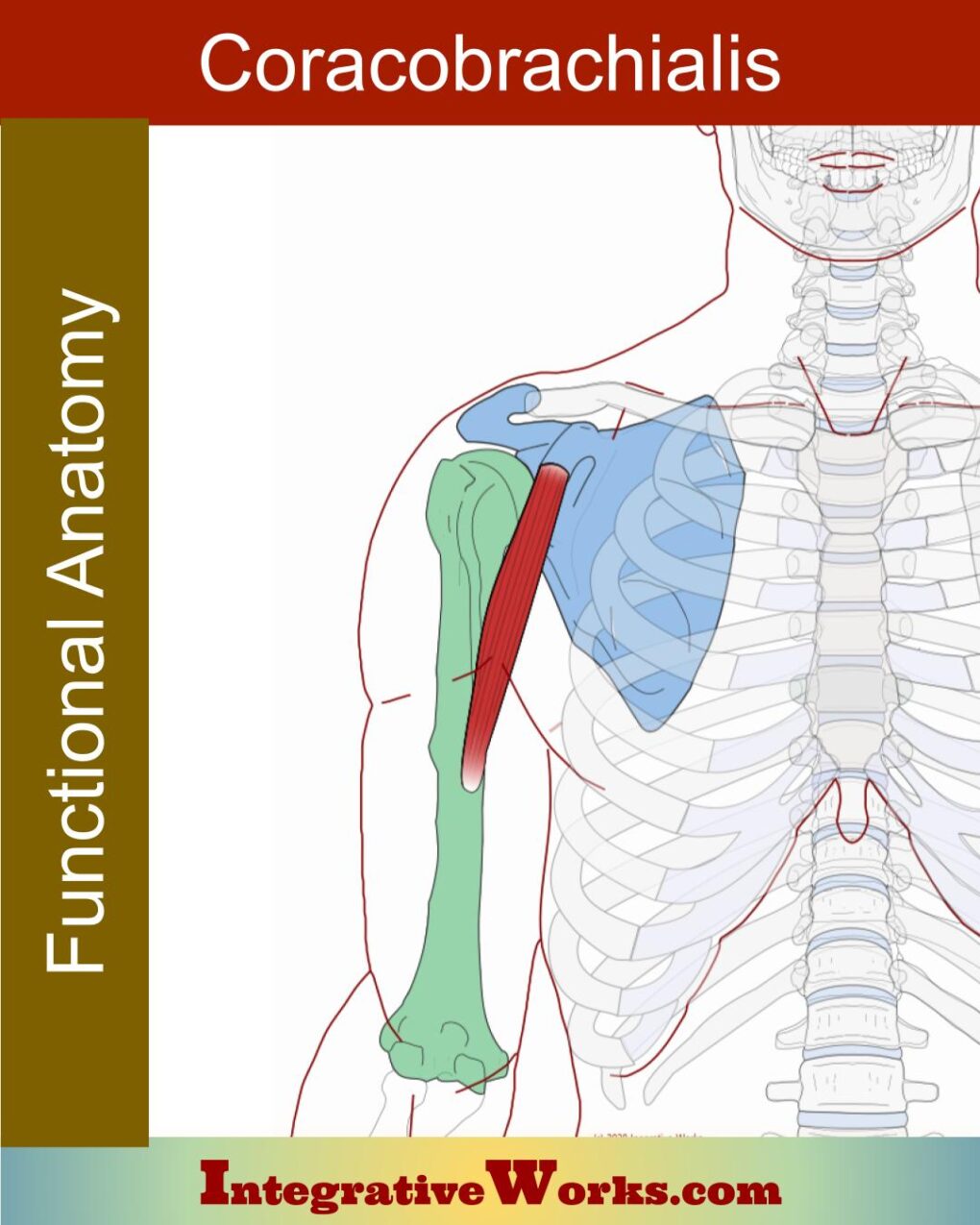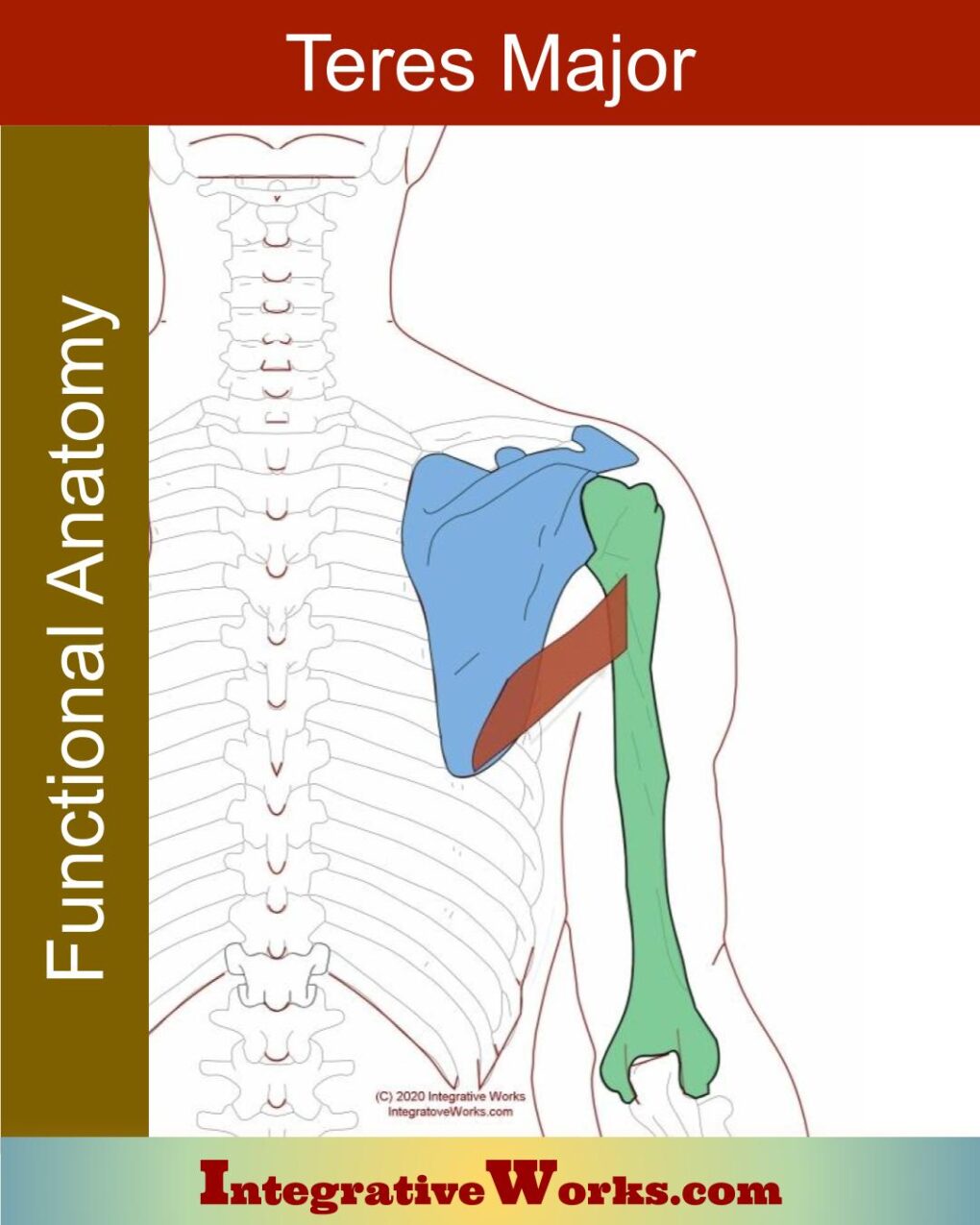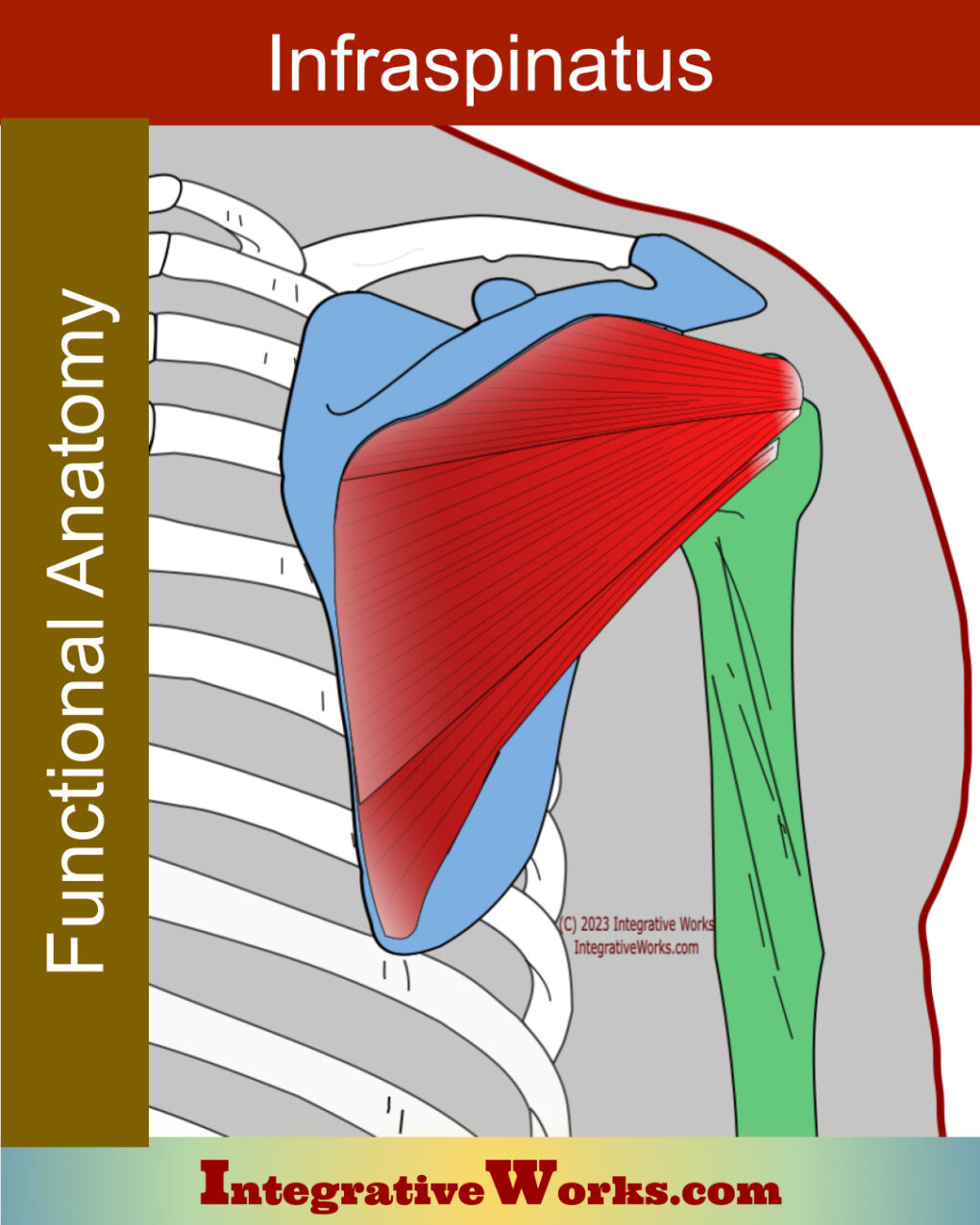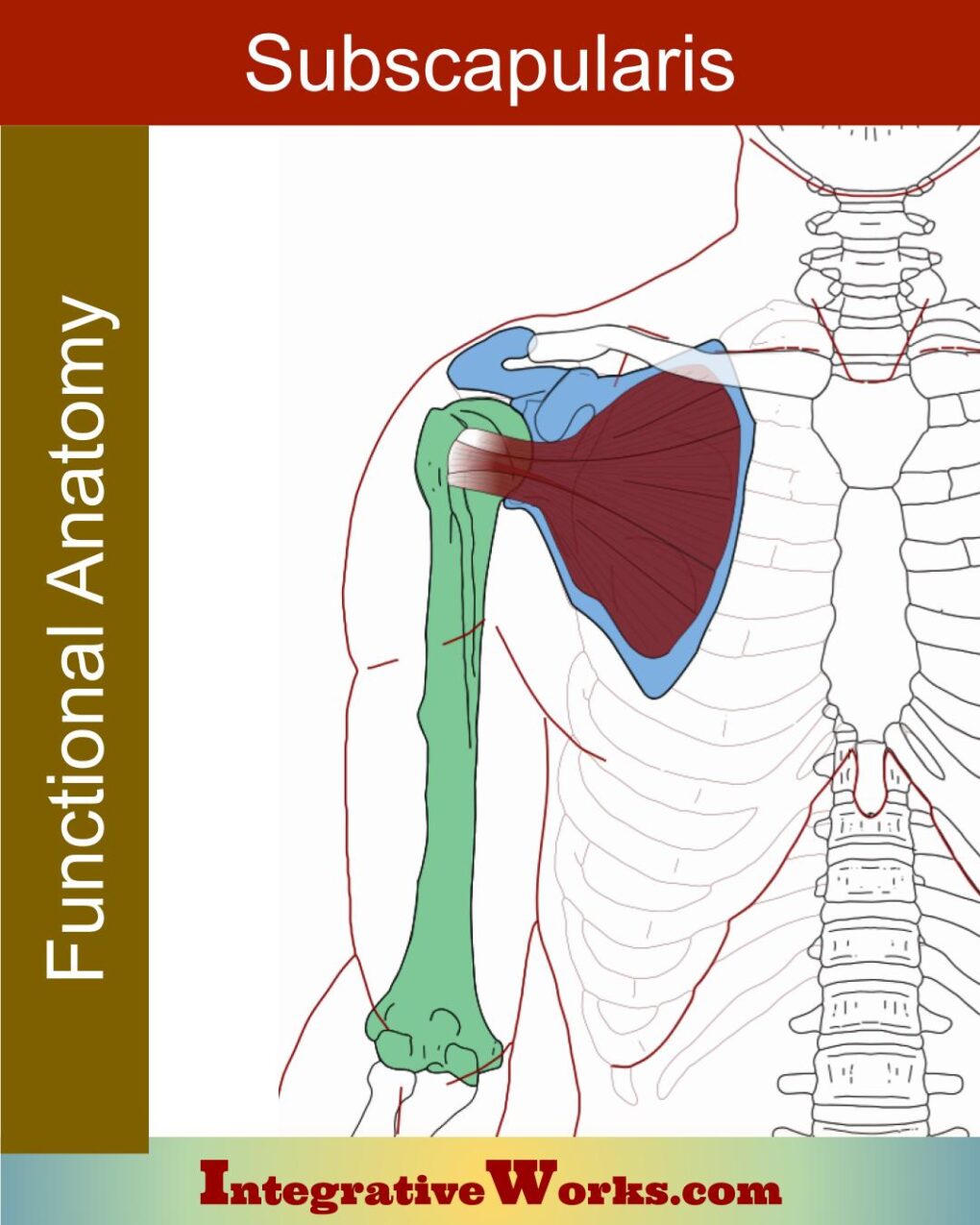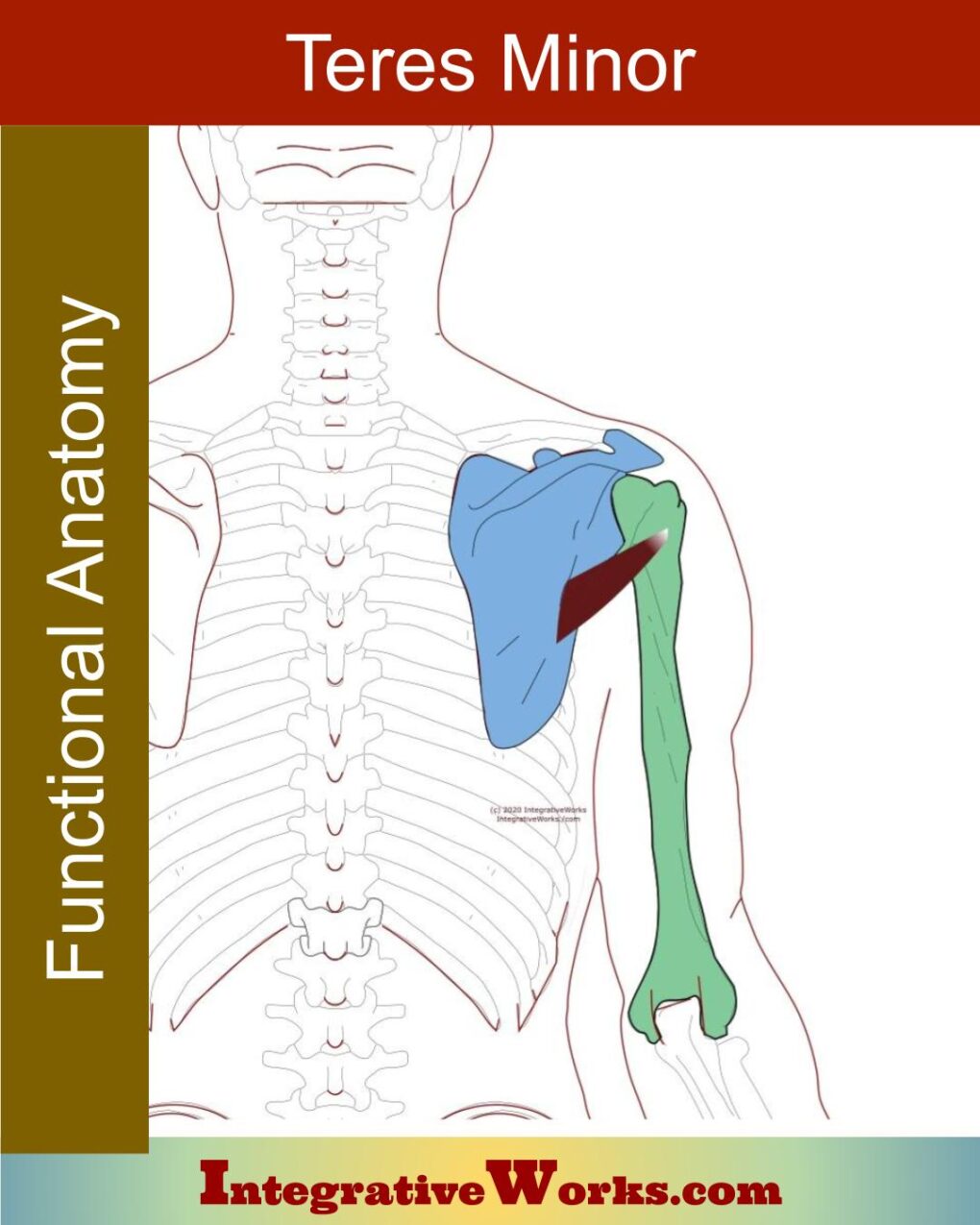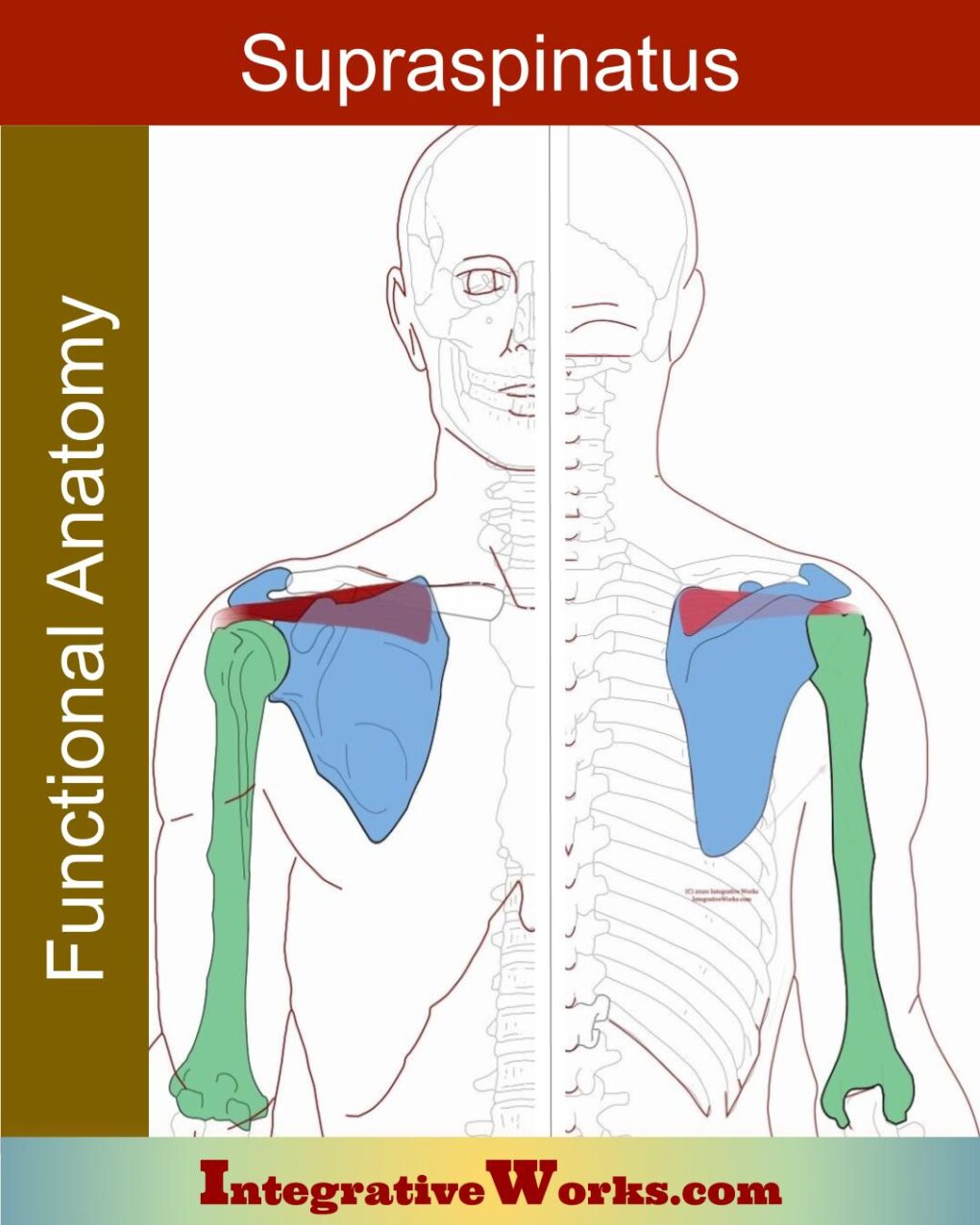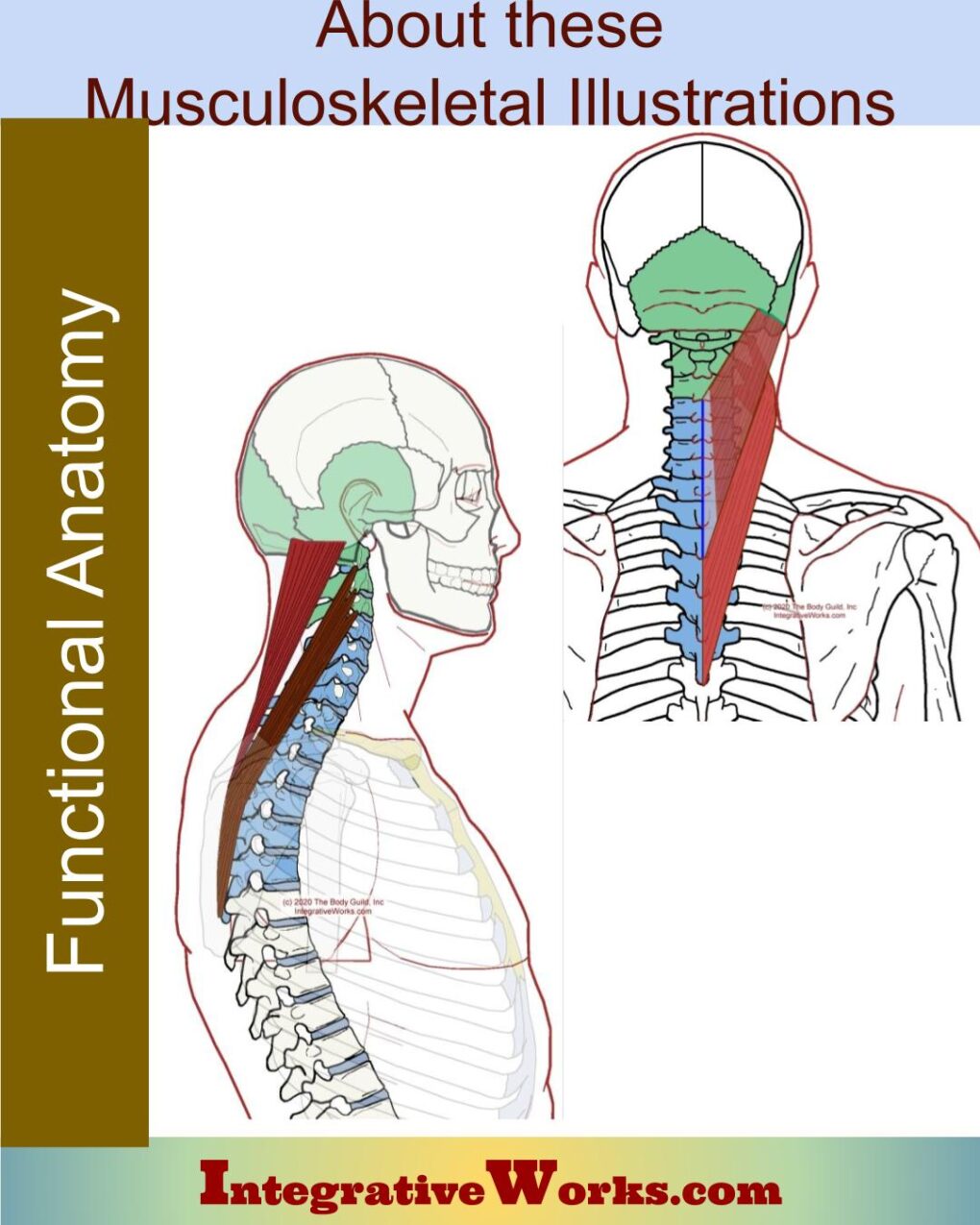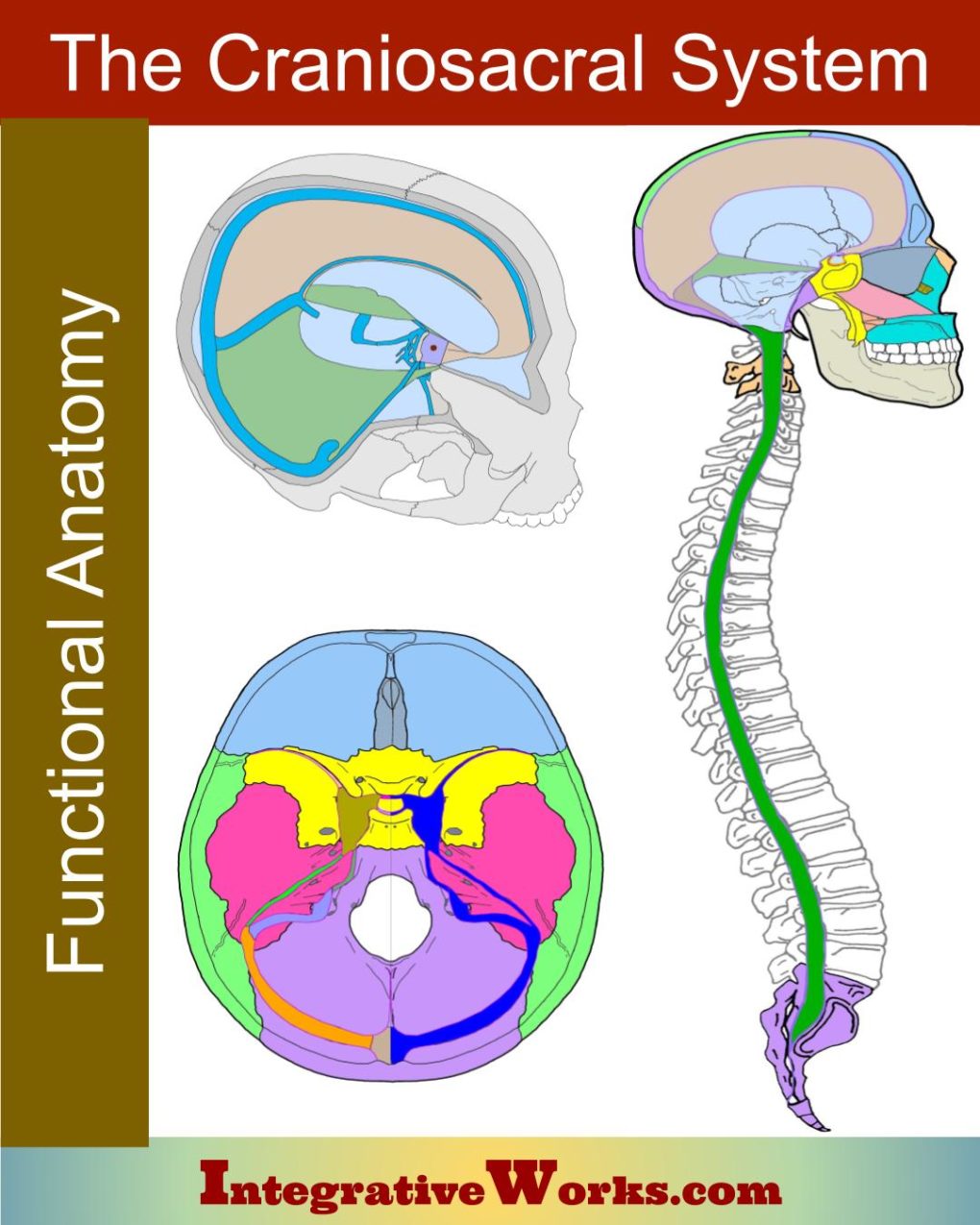Coracobrachialis – Functional Anatomy
The coracobrachialis is a long muscle on the upper, inside edge of the upper arm. Origin Insertion Function Innervation The coracobrachialis is typically a long single belly but does have clinically significant variations. The coracobrachialis is one of three muscles that attach to the coracoid process of the scapula. It usually attaches to the […]

